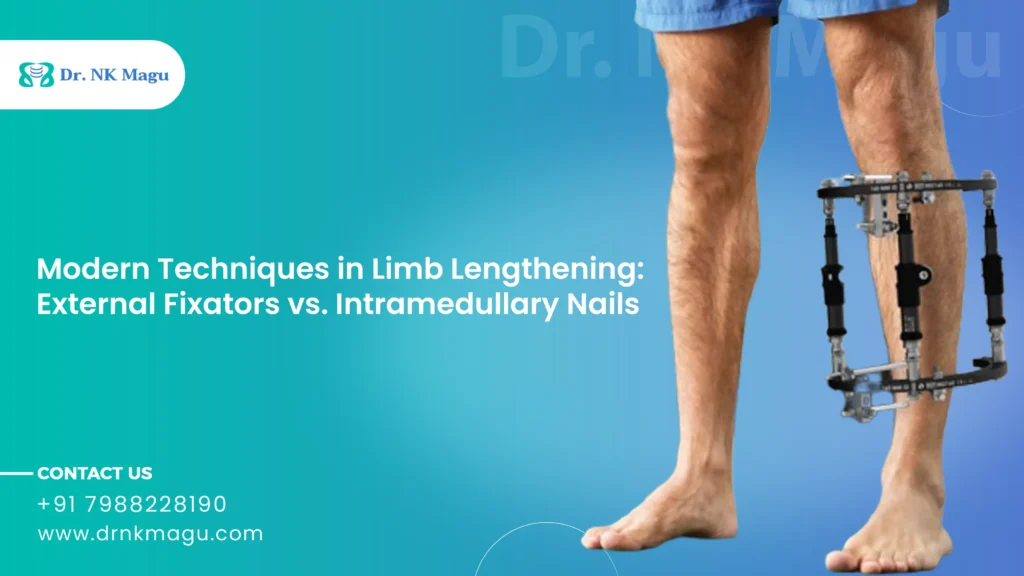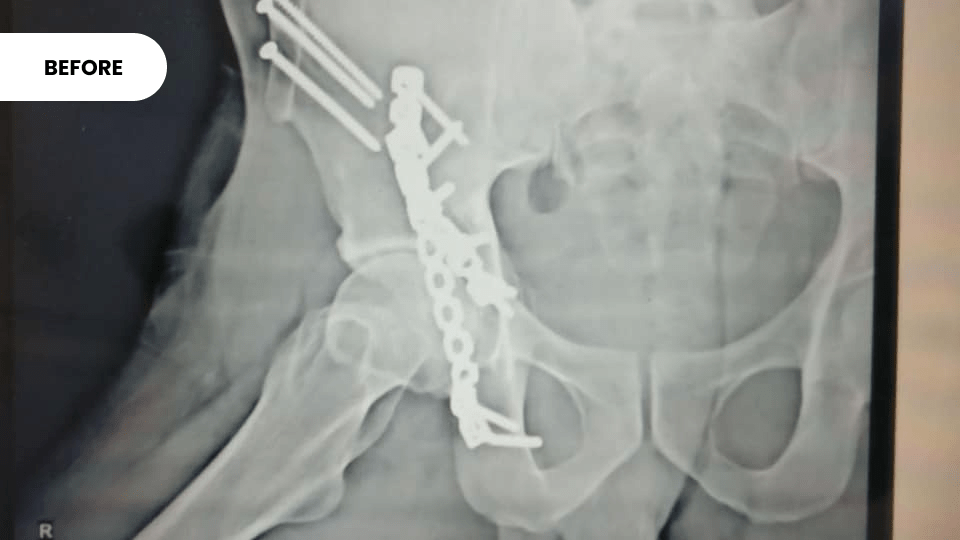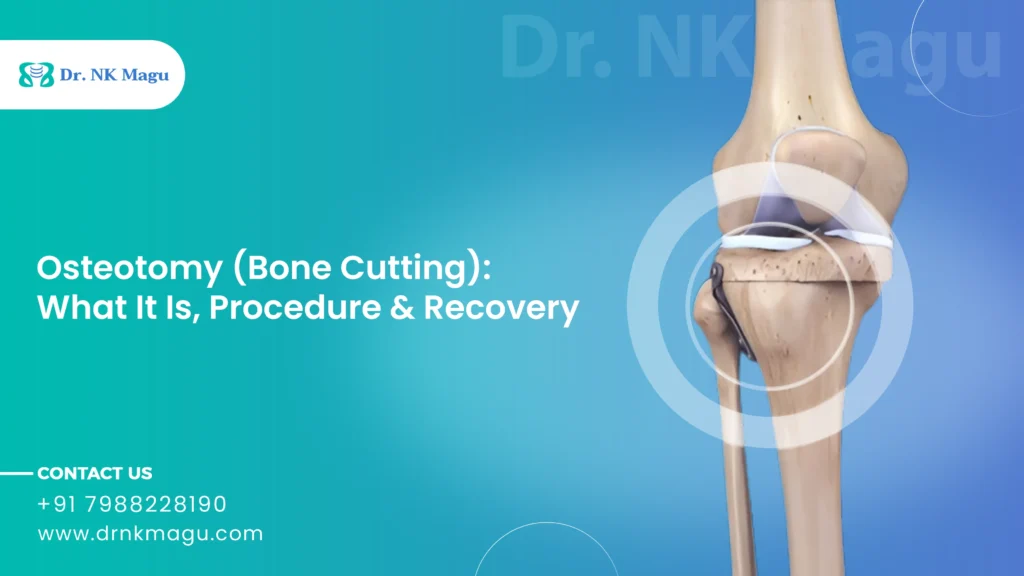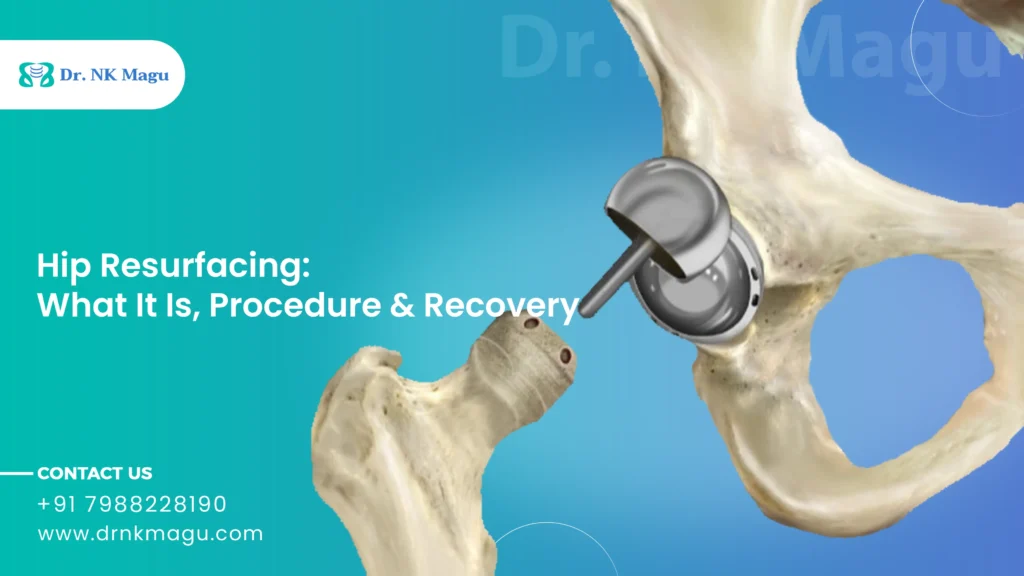Knee replacement surgery, also known as knee arthroplasty, is a procedure that replaces the worn-out or diseased knee joint with an artificial joint. It is one of the most successful orthopedic procedures worldwide that helps alleviate pain and improve mobility for patients suffering from chronic arthritis, injury, or knee deformities.
Despite its proven effectiveness and success rate, there are many myths and misconceptions regarding the surgery. These myths can create unnecessary fear and hesitation that restricts people from exploring this treatment option.
In this blog, we’ll debunk some of the common myths about knee replacement surgery. Let’s begin!
Myth 1
Knee replacement is only for older people.
Fact
Age is not a limiting factor for the surgery and is based on the severity of joint damage, pain level, and functional limitations. Young patients can also benefit from this procedure, especially those who are suffering from severe arthritis or post-traumatic knee injuries.
Myth 2
Knee replacement limits daily activities.
Fact
The surgery is to restore mobility and improve daily function. Activities like climbing stairs, walking long distances, and light sports become more manageable, enhancing overall quality of life.
Myth 3
Knee replacement surgery is painful.
Fact
Advancements in anesthesia, pain management, and minimally invasive surgical techniques have reduced post-operative pain. Physical therapy also plays a crucial role in managing pain and ensuring a smooth rehabilitation process.
Myth 4
The recovery takes years.
Fact
It depends on the quality of the surgery and post-operative care. Many patients resume their daily routine within 6-12 weeks after the surgery, while full recovery may take 3-6 months. Recovery depends on factors like age, overall health, and adherence to physical therapy.
Myth 5
Knee replacement surgery doesn’t last for more than 10 years.
Fact
Knee replacement lasts from 20 to 25 years, and in most cases, it lasts for a lifetime because of the advanced technique used during the surgery.
Myth 6
Driving becomes difficult after knee replacement surgery.
Fact
After the surgery, the patient can drive easily as it doesn’t exert pressure on the knee, and most individuals can start driving within 6-8 weeks post-surgery.
Myth 7
The implant is rejected as a foreign body.
Fact
Artificial joints contain unique metals that are compatible with the body and do not react with the tissue. These metals can stay in shape without causing any adverse effects.
Myth 8
The surgery leaves a large scar.
Fact
With minimally invasive and robotic-assisted surgery, there are smaller incisions compared to traditional surgery. It helps in quicker recovery and minimal scarring, which fades over time.
Also Read:- Hip Replacement Surgery Cost in India
Conclusion
Knee replacement surgery is a safe and effective procedure for people suffering from osteoarthritis and mobility issues. Unfortunately, these myths can create fear, and most people delay the treatment. It is vital to know the facts and consult an orthopedic and joint replacement surgeon to make an informed decision. If you are experiencing chronic knee pain or limited mobility, don’t let myths hold you back; explore knee replacement surgery with trusted experts and take the first step toward a pain-free life.












